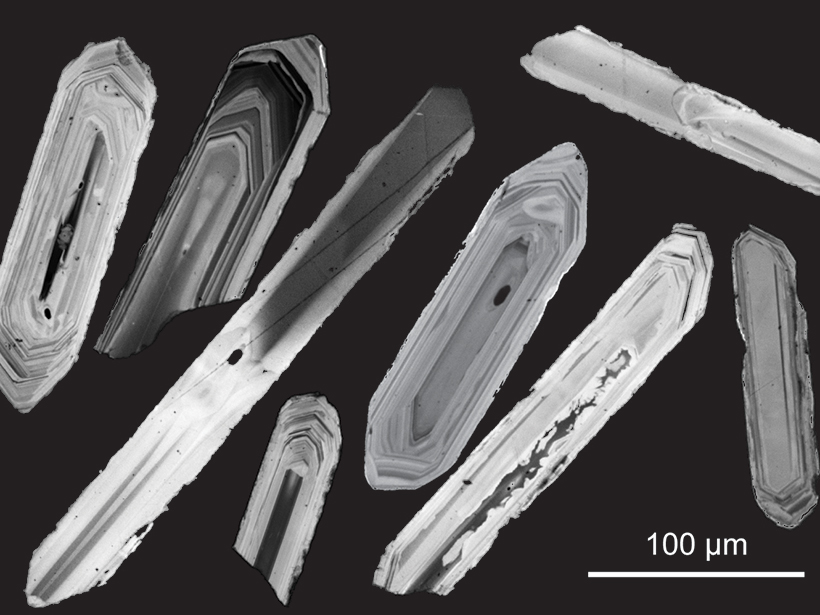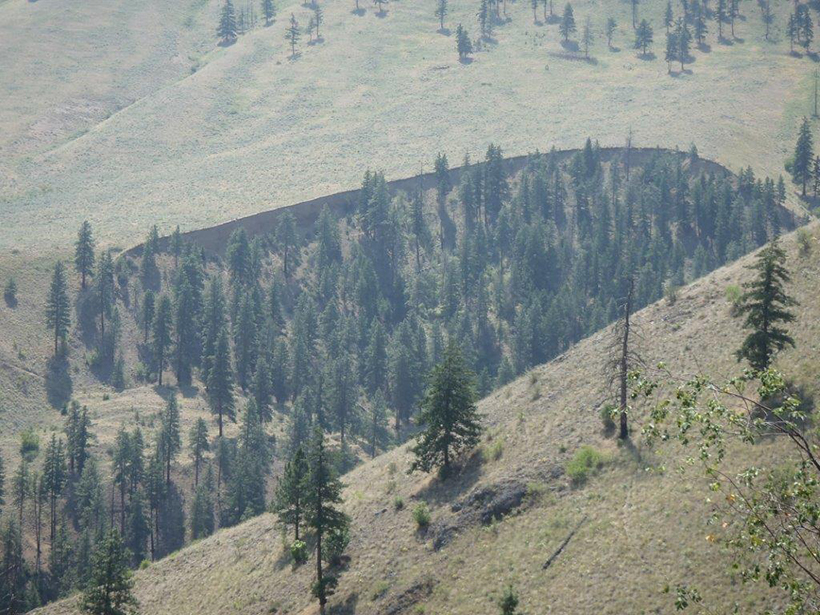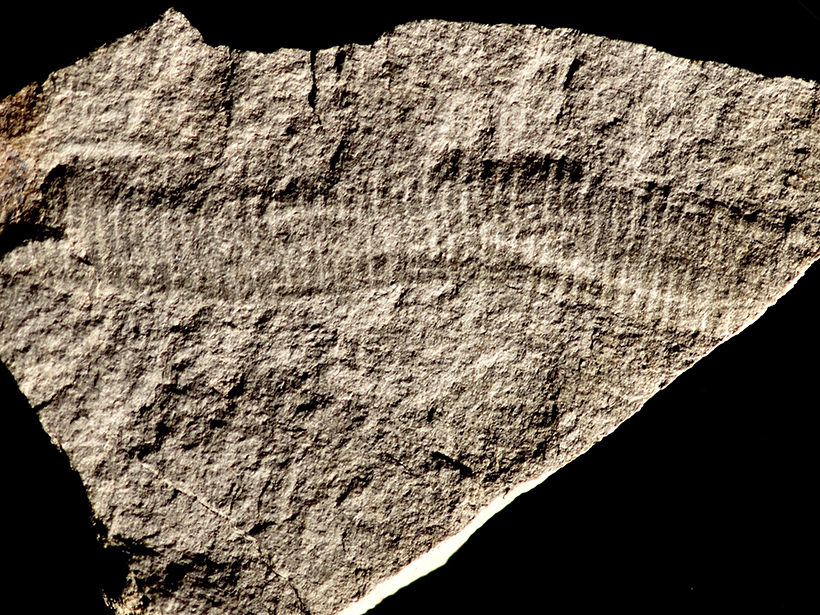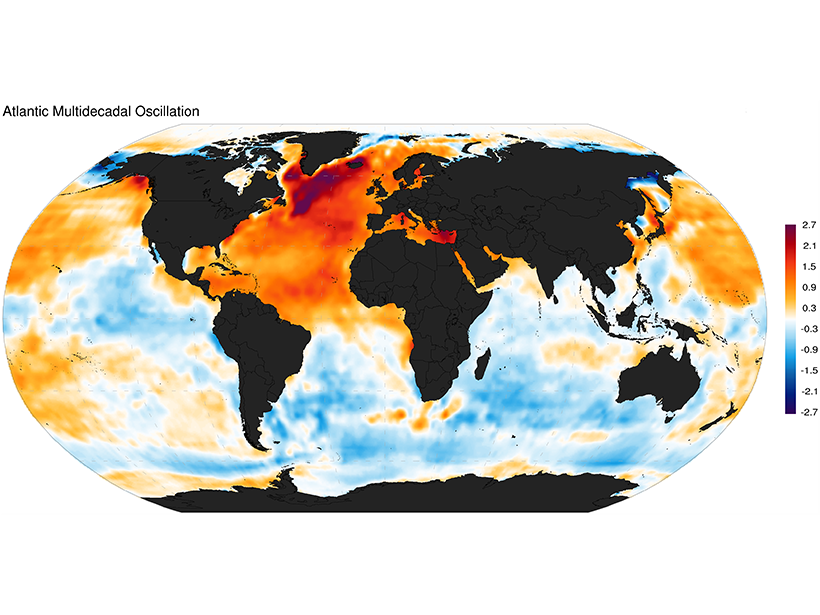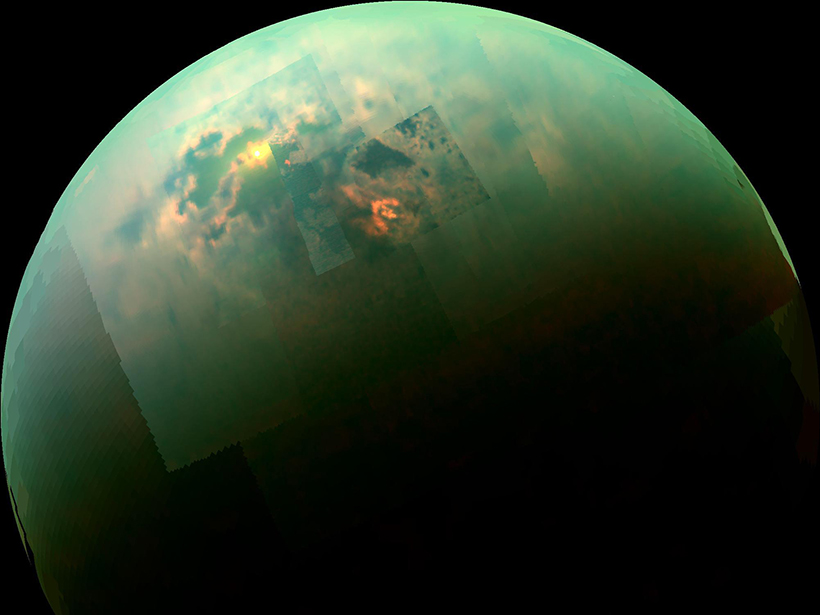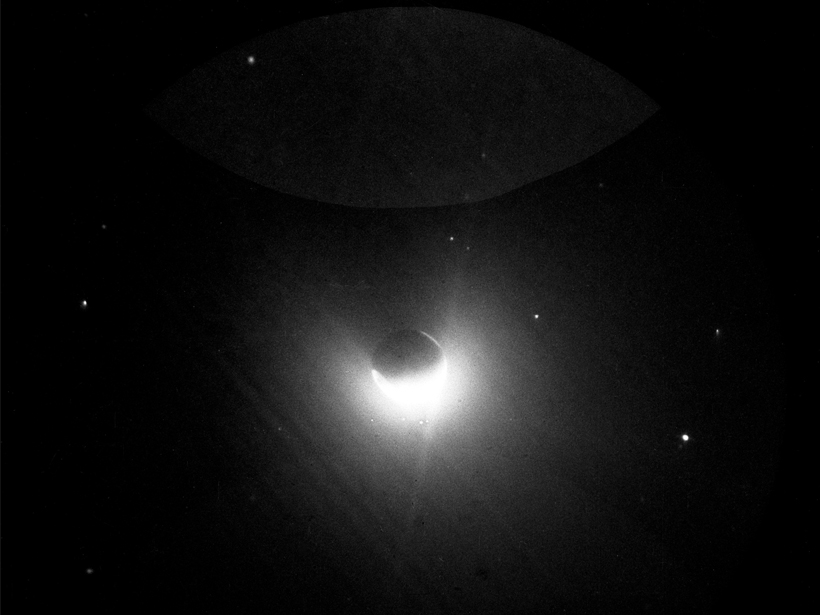Utah Lake’s fish contain high levels of a potential carcinogen. Could removing some bottom-feeders reduce this contamination?
unsolved mysteries
Resolving a Mystery of the Ages
High-precision radiometric dates shed new light on the puzzling 600,000-year disparity in the timing of one of Earth’s most pivotal timescale boundaries.
Mystery Quakes May Be Among World’s Longest-Lived Aftershocks
New evidence about where a major earthquake struck central Washington State 145 years ago raises the possibility that today’s unusually frequent quakes in the area still echo that 1872 event.
Hunting Rare Fossils of the Ediacaran
The search for fossil imprints and casts of squishy organisms takes time, perseverance, and sometimes a sprinkle of luck.
Ocean Dynamics May Drive North Atlantic Temperature Anomalies
A new analysis of sea surface temperature and salinity over several decades seeks to settle the debate on which of two mechanisms underlies the Atlantic Multidecadal Oscillation.
VIDEO: The Weird, Wonderful Science Behind Titan’s Atmosphere
Scientists are baffled by a spacecraft’s detection of large molecules in a moon’s atmosphere.
Simulations Give New View of Global Auroral Storms
New computer models capture the movement of the strongest auroral storms as they sweep across Earth at night, challenging scientists’ views of what drives them.
Auroras May Explain an Anomaly in Earth’s Ionosphere
A new study finds that the ionospheric anomaly over the Weddell Sea is likely influenced by proximity to auroral energy input, rather than by tilting magnetic fields.
Seafloor Data from Lost Airliner Search Are Publicly Released
Detailed maps of the bottom of the Indian Ocean reveal deep canyons and landslides but no wreckage of Malaysia Airlines flight MH370, which went missing in 2014.
How Geomagnetic Storms Light Up the Geocorona
After geomagnetic storms, Earth’s corona abruptly increases in hydrogen density. For the first time, serendipitous observations have allowed researchers to investigate why.


